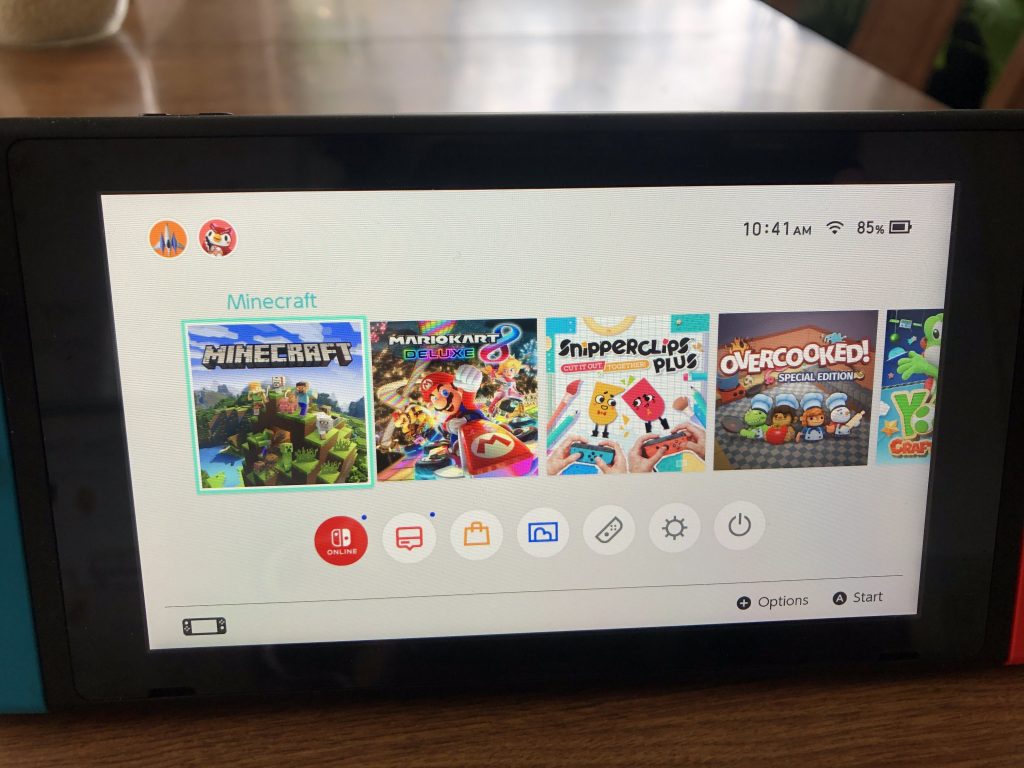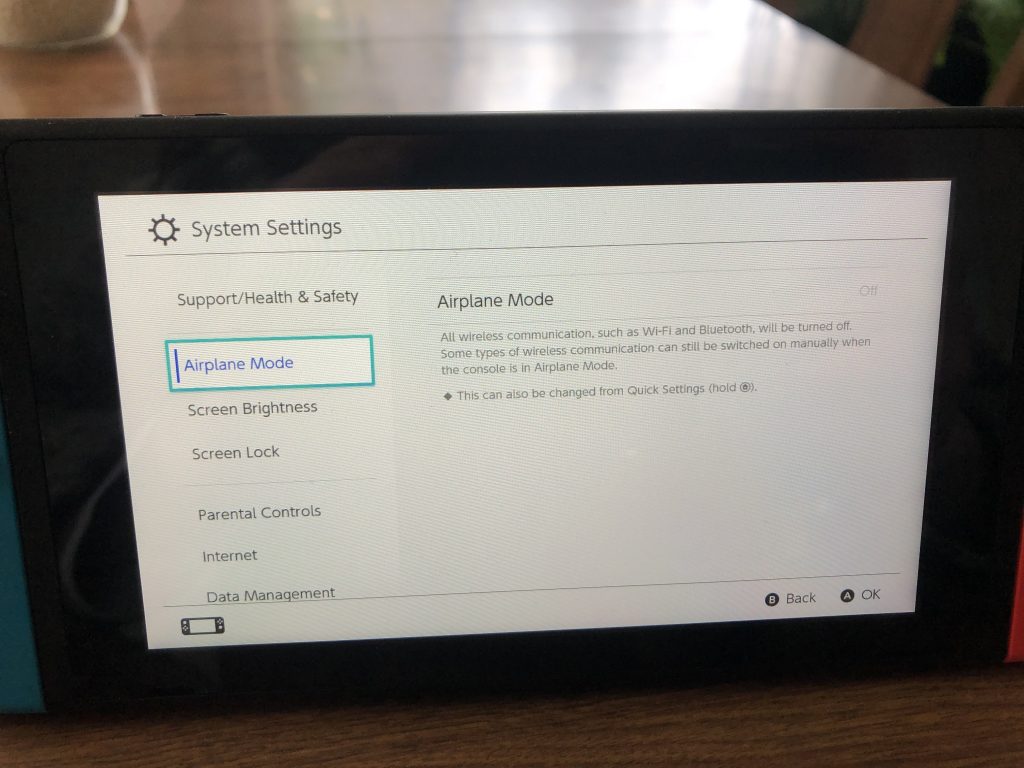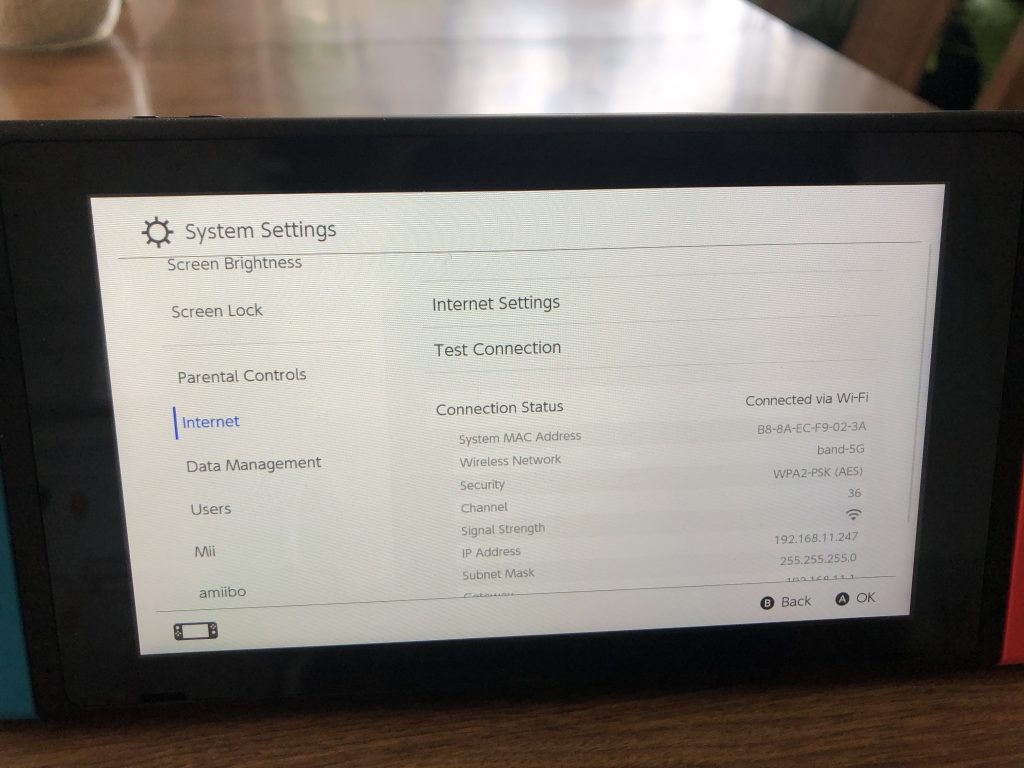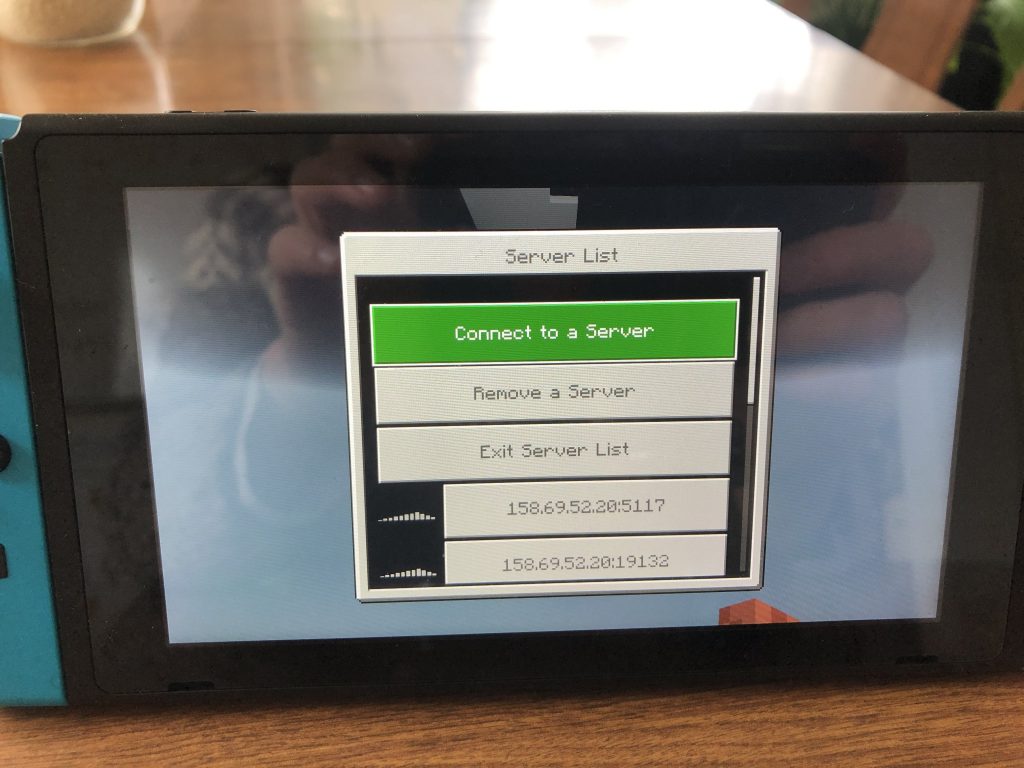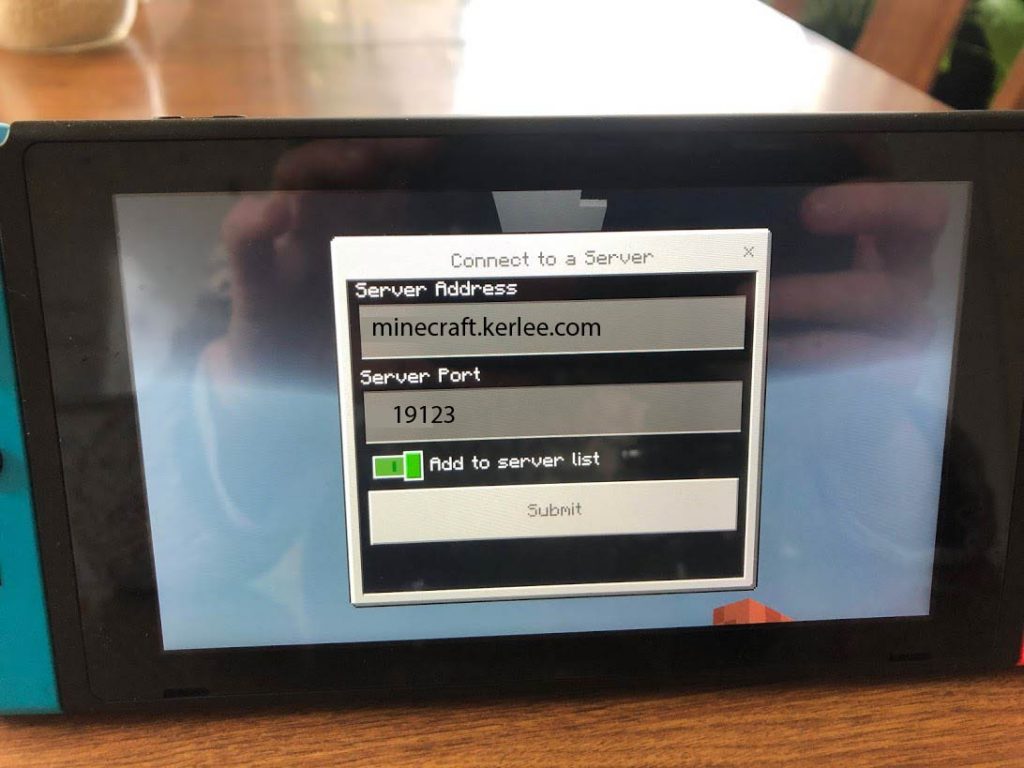March 9 – 22: Lisbon and Spain -by Den
Our 2-week, easy cheap vacation to Lisbon and Spain turned into quite a planning ordeal. We thought we could just rent a car and drive through southern Portugal and Spain, stopping at intriguing villages, maybe along the coast in quaint hillside towns. However, it soon dawned on us (as we tried to make hotel reservations for a couple of nights) that we were traveling during the busiest (and most expensive) time in Spain: Holy Week.
So, our easy trip became a logistical hassle. “Holy Shit!” became a mantra, but we managed to assemble a busy trip and covered a lot of sites. First, our flight out of Luton Airport departed too early for the usual 15-minute train ride (another lesson learned), so we had to take a cab – and our cab driver had NEVER been to the airport (how could that be?), but fortunately we had given ourselves plenty of time, and good thing since we got lost several times (how do you “lose” and airport?). The cab driver did happen to locate a cemetery and crematorium in Luton, but I doubt we could ever find it again.
As we stepped out of the plane into the Lisbon Airport, there was Drew, tanned and smiling. Drew’s then-employer Raphael owned a 100+ foot steel hulled trawler that had two fitted masts and sails, in addition to a massive diesel engine. In lieu of it’s former holds, large high-ceilinged galleries provided seating and a parquet-wood dance floor suitable for groups and large parties, in fact the way Raphael earned enough to keep and fit out the Principe Perfeito. Both Drew and Alison had been staying aboard the ship, doing odd jobs and marine carpentry in return for their lodging and some small salary. Their last day of work was that day, and we had cheese and wine below in a gallery, while explaining what trip agenda we’d planned for the next ~10 days.
While in Lisbon, we visited a castle on a hill overlooking the city, a monastery, a navigational statue, and a nearby town of Sintra, in the mountains adjacent to Lisbon. The night before we left Lisbon we visited Renato and Alejandra, folks who’d met Drew when the Amistad had first visited Lisbon. They’d become Drew’s close friends, and Alison fixed us dinner to celebrate Renato’s birthday–including a home-baked two-layer cake, complete with candles. The next night, Raphael drove us to the train station and we trundled aboard the all-night sleeper to Madrid.
Sleeping on a train is a lulling experience, and we dozed off asleep in bunk-beds as the train covered the miles north, arriving in Madrid by 9:30AM. We’d had time for a breakfast in the dining car as we rolled into the metropolis. Madrid subway to our hotel was easy; up and down some stairs with behemoth suitcases, but each with wheels–what a wonderful addition to suitcases!
Madrid remains fixed in my mind for large sunlit plazas, multiple statues of riders on horseback, stand-up to the bar cafes for coffee with cream, pastries. Madrid is a “walkable” city, with wide esplanades often lined with outdoor sculptures, overhanging trees, and wide streets. The Prado Art Museum is massive and filled with Greco art. People stroll the wide streets late into the night, as if it’s a large party, and stores are open surely ’til 11PM.
After just two nights in Madrid, we caught the morning bullet train to Seville, speeding southward in only ~2 hours. We hit upon a lucky break: the orange tree blossoms were out 2 weeks early due to warm weather, and our entire time in Seville was permeated with alluring orange fragrance. Delightful.
The hotel entry was shared by a flamenco dancehall entrance, where the dancing was said to be the best in Spain–tickets proved very worthwhile, and the courtyard was lighted by dim spotlights, and hanging vines covered the pillars. Guitar and leather heeled boots on a plywood dance frame produced a tympanic sound. We did get photos at the end when permitted; alas no video allowed although it’d have been a perfect subject for film.
There were no bullfights this early in the year, but the huge Seville bullring Plaza de Toros provided a bilingual tour guide who had an immense historical knowledge of famous bulls and toreadors . Anne continued in her photo-fascination with artistic manhole covers–I suppose we walked over some while looking up instead of down. Out walking, it was so easy to get lost, unable to zoom in on our hotel entrance along narrow cobbled streets, all the while intoxicated with cloying orange fragrance. Night times were perfect for tapa sandwiches for dinner washed down with wine, then position ourselves along the Holy Week processional route to view the floats lighted with candles and preceded in the streets by men and boys wearing cloth peaked hoods much like KKK. (Look at the pictures!)
Alcazar is a palace of Moorish architecture with huge courtyards. Touring a bit of the town and the palace was made all the more enjoyable since we were led by a local Seville woman Constancia who has a guide business–recommended in the Rick Steves’ book on Spain. Her personal touch, commentary, guidance through the Alcazar palace grounds, the Jewish Quarter of the city, and her skill navigating the impossibly narrow streets, and her conversational summary of the city’s history was fabulous.
Sooner than we all liked, we left the Seville orange-blossom fragrance for the drive to Arcos in the White Hills of southern Spain. Narrow cobbled streets and way fewer people highlight this picturesque town on a bluff, overlooking a verdant valley below with streams, sheep and grasslands, and friendly towns people. Nighttime Holy Week processionals here too, seemed to draw out everyone from their homes for the annual event. Ladies wearing their new tiaras and dresses, little kids with small drums to bang on, everyone with cotton candy and soft-whipped ice cream cones.
One day we had planned to cover lots of territory since we had the car, but over-planned and couldn’t cover it all. We did drive through hills where we were amazed to see cork oak trees growing alongside the road–some with bark recently peeled, while others had begun to form new bark some time ago. Medium-sized oak trees dotting the hilly terrain with dry grasses below, very much like the views seen in central California. Small, whitewashed masonry houses clinging to steep hillsides were along the way, as we drove to and along the coast fronting the Mediterranean. A 2-3 hour\stop at Gibraltar for the gondola ride to the top, then stopping halfway down to visit the macaque habitat, and then a traffic jam trying to get back into Spain from this tiny British-held colony. At least we can say we were there on the Rock, but it’s not worth another trip back.
Our packed itinerary once again called for us to drive to Granada, turn in the car and become foot-tourists once again. Egad, tickets were not available on-line to visit the famous Alhambra Moorish castle and grounds. But we had heard they hold back several thousand tickets for those who care to buy the same day. Not to be out-foxed, Den caught a cab to the ticket line site ~5:30AM that morning, and was about the 15th in line to get our tickets! Yahoo, we were in for the day’s event and tours. Anne, Drew and Alison arrived by cab and had brought Den coffee, sandwiches and fruit, since he’d missed breakfast. All went well, and the incredible inside rooms and buildings of this fabled marbled and tiled grounds were magnificent–see the photos! Here’s a word about Audio-Guide handheld voice-tours: they’re really wonderful 99% of the time–we believe they’re well worth the extra 2-3 Euros…at least you then know what you’re looking at!
For the gardens and water features, Generalife Gardens and Summer Palace was wonderful. (Look at the pictures!)
We had a long hike (downhill however!) back to city center from the Alhambra, passing streams, winding narrow streets towards the center of the town–the day was hot and sunny, and people were in shirtsleeves pushing baby prams. We finally arrived near our hotel (the most elegant one of the entire trip), passing a huge downtown stature surrounded by water fountains depicting Christopher Columbus presenting his chart and plans for exploring the new world to Queen Isabella. Her expression, in bronze, looks pleased.
gain, a night train to the far northeast–Barcelona! We’re now old hands at dropping off to sleep in our bunks while the tracks clack beneath us. Of course, we met for breakfast in the dining car as we finally pulled into the underground train station.
Already on the alert for real ice cream (just like in Madrid) we located the same franchise shop in Barcelona and were again delighted with chocolate mousse. Drew and Alison served as scouts, and led us to an excellent near-hidden restaurant on a narrow alley called Cafe de l’Academia where each of our entrees were exquisite. Yes, yes it’s finally all come down to food, sauces and accompanying wine!
Barcelona! Anne and I had been keen on reading about Gaudi and his remarkable architectural feats. Our hostel was a real dive (worst of the trip in Den’s opinion) but it was one block from Gaudi’s Casa Mila complex and a Starbucks where we could consume our morning coffee and sweet roll-no delicious pastries similar to those in Madrid (at least we never found them) but passable flapjacks (oatmeal bars).
How can I summarize? We were overwhelmed with Sagrada Familia, Gaudi’s church that was unfinished when he died in 1929, and is still undergoing construction, while tourists view the site daily? “Incredible” and “amazing” are the two words that spring to my mind. (Look at the pictures!)
Time to depart the next day! Drew left early that morning by bus for the Barcelona airport–his Amistad-underwritten Delta Airlines flight to Seattle left. We gave him a hug, knowing he was headed to a new chapter in his life at CalMaritime Academy in California. Anne and I left later that day too, headed for London. Alison’s flight wasn’t due to depart until the next day. She wished us “goodbye for now” as Anne and I wheeled our suitcases 6-7 blocks along the Ramblas to the airport bus stop, along side a large plaza. Reviewing our photos of the trip allows memories to again light up–a trip we’ll remember for our lives, where we saw Lisbon and Spain, along with Drew & Alison.
Thrift Shop Book Club
I miss my book club but mostly I miss the women in my book club. I read a lot – at least I do a lot of reading. I enjoy novels, especially those with words that slip together, sing with clarity, and create pictures in my imagination. I do so appreciate a well constructed phrase!
I’ve never kept a lot of books; my belief is that a book on a shelf is just a lazy indulgence – they need to be out working, being read, not sitting getting dusty on a shelf! There are so many books, so little time, why would I read one more than once? Indeed, there are only a handful of books I have re-read (and some of those because I didn’t remember it the first time!). I’m looking forward to reading Pillars of the Earth in preparation of reading Ken Follet’s followup novel.
We do have a bookcase here; it’s in the bedroom and the books to-be-read share the space with odd bits of clothing, shoes, and detritus found in our pockets at the end of a day. The books-in-progress are spread around the flat, in piles by the bed, or tucked into a corner of the couch.
In Seattle, my library card was used more than my credit card. And, I loved the shelves of paperbacks that you could just take and return whenever you wanted. Most of my paperbacks ended up on those shelves, working hard, I hope. My list of requested books at the library was quite long – and it was wonderful when my name came up and I got something I had ordered.
So, one of the first places we went in Bedford was the library. (Truth be told it was for the WiFi and computers.) We got library cards before we got an address. But, libraries here work quite a bit differently. Bedford’s library is small, and if they don’t have a book, you can request it, and they may or may not get it, and you may need to actually pay something to have it purchased. There’s a 2.50 pounds (about $5) fee to check out a DVD. Sigh.
So, I’ve turned to thrift shops for my books. And, I realized that, by default, this has become my book club. What I read depends on what others have read and donated. At least once a week, I head out of our flat and walk to these thrift shops. First is Oxfam, my favorite shop, because it only sells books and has a large, interesting selection in good condition. The British Heart Foundation and the Cancer Care Relief shops have lots of romance novels and pop fiction. The Children’s Charity shop has a mixture of books, although surprisingly few children’s books. Then there’s the Age Concerns, Marie Curie Cancer Care, Shelter-National Campaign for the Homeless, Save the Children, SCOPE-Helping those with Cerebral Palsy. I seldom go to RATS (Re-homing Animal Telephone Service) as most of the books deal with animals of some sort, and it’s a bit of a long walk for little return. Ditto for the YMCA.
And then there’s the Salvation Army store, with a huge room just for books, shelves line all the walls and tables, crammed in the center of the room, overflow with books. I think all the other shops send their rejects here – for books sell at the rock bottom price of 3 for 1 pound – what a bargain! It’s a challenge to find anything though, as the books are shelved according to SIZE to accommodate as many books as possible. So, you’ll find a science fiction next to a biography, or Shakespeare nestled up against a tawdry romance. It’s just dizzying, so I don’t tend to go there too often.
My best book buy was for Den. He lamented giving away his set of Patrick O’Brien books (ah, the stuff we gave away in Seattle!). Well, one day I was doing my book run through the thrift shops when I noticed a quiet, tall gent bringing in a big shopping bag that contained an entire set of Captain Aubry books! What a find – I negotiated with the thrift shop manager to get the entire bagful at the bargain price of 15 pounds. Den has been a happy reader ever since!
I’ve already dropped off a pile of books to Oxfam. Here’s my list that’s going back into circulation today:
- The Whole Wide World, Julie Glass. I liked her Three Junes, and this was equally as good. A nice easy read.
- The Night Listener, Armistead Maupin. A good read, I found his Tales of the City just today, so I snatched that right up.
- The Seduction of Water, Carol Goodman. A story of how things aren’t always what they seem to be.
- Lady’s Maid, Margaret Forster. Wonderful story, especially if you like Elizabeth Barrett Browning. I enjoyed the class/servant issues in late 1800s England.
- Nights of Rain and Stars, Maeve Binchy. Can’t really remember it
- Tears of the Giraffe, Alexander McCall Smith. One of the No.1 Lady Detective series that I had already read, but it was good for a quiet afternoon’s reading.
- Behind the Scenes at the Museum, Kate Atkinson. I liked this quite a lot because it takes place in York, and we had just visited there.
- The Weight of Water, Anita Shreve. I had forgotten I had read this, and its too sad to read twice.
- Sarum, Edward Rutherford. A 1,400-page book about Salisbury, England – rather in the oeuvre of Mitchner, where he begins with the breaking of the land from the water.
- London, Edward Rutherford. Another tome, this one on the history of London. Both these were enjoyable to read for their historical perspective. We’ve been to many of the places included in the books, adding another dimension.
Besides numerous travel books, I’m also filling in the gaps with The Wheel of Time series by Robert Jordan. These are quite fun – all are 800-1000 pages, so you really have time to delve into them. I read the first in the series on the plane from Seattle to London, and am now on the ninth book. Jordan died before he finished the twelfth and last book. Although this might portend what will happen to our hero Rand, I think Jordan just ran out of words! Jordan’s wife, who has edited all the books, has selected another fantasy writer to finish the series. Millions of readers must wait until fall of 2009 to see how the wheel makes it final turn in this epoch. (Note: I’ve only found one of these at the thrift shops; I’ve ordered most of them from Amazon’s used books, because they have to be read in order.)
I’ll keep a running list of my Thirft Shop Book Club books. I do miss being able to get the newest reads, or some of my favorite authors — alas, I’ve not found one Richard Russo, let alon his newest book — but it’s a kick to see what’s on the shelves. If you need a Bridget Jone’s Diary, I can get you as many as you need!


